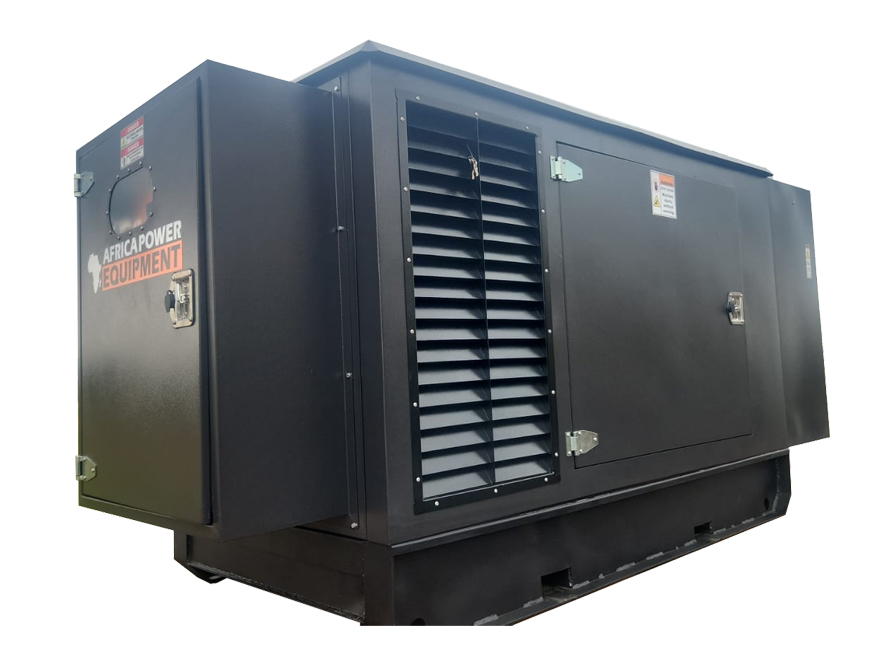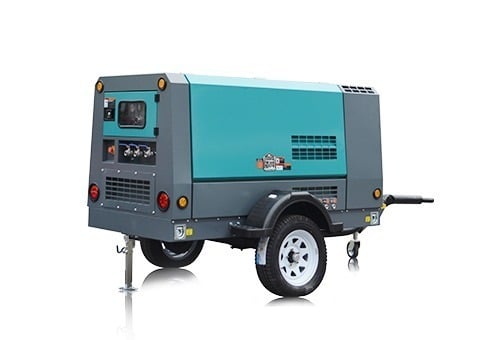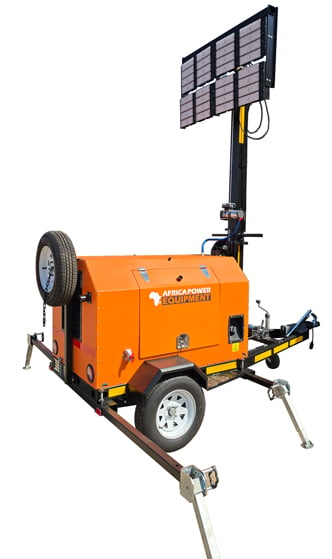Understanding the Payback Period of Solar Systems in South Africa
Investing in solar energy is one of the most effective ways to reduce long-term electricity costs in South Africa. But before committing to a solar installation, many homeowners and businesses ask:
“How long will it take for my solar system to pay for itself?”
This time frame is known as the payback period, and it’s a key factor in evaluating the return on your solar investment.
In this article, we’ll break down how the solar payback period is calculated, what factors influence it, and realistic timelines for South African users.
💡 What is the Payback Period?
The payback period refers to the number of years it takes for the savings from your solar system to equal the initial cost of the system.
For example, if you spend R120,000 on a solar setup and save R2,000/month on electricity, your payback period would be:
R120,000 ÷ R2,000 = 60 months or 5 years
After the 5th year, your system starts delivering pure savings.
📊 Average Payback Period in South Africa
| System Type | Estimated Payback Period |
|---|---|
| Grid-tied (no battery) | 3 to 5 years |
| Hybrid with battery backup | 5 to 8 years |
| Off-grid systems | 6 to 10 years |
⚠️ These are general estimates. Your actual payback period depends on your system size, usage, location, and energy tariffs.
🔎 Key Factors That Affect the Payback Period
1. System Cost
-
Larger systems cost more upfront but generate more savings over time.
-
Battery backups increase cost but provide load-shedding protection.
2. Electricity Tariffs
-
Higher Eskom or municipal rates = faster payback.
-
Prepaid users often see faster savings due to peak-hour pricing.
3. Solar Generation
-
Solar panels in sunny areas like Gauteng or Northern Cape generate more energy.
-
Orientation and shading also affect output.
4. Energy Consumption Patterns
-
Daytime-heavy usage (e.g., home offices, swimming pools) increases self-consumption.
-
Systems with high self-consumption have faster paybacks.
5. Incentives and Subsidies
-
While SA currently has limited government rebates, businesses may qualify for Section 12B tax incentives.
-
Future policies could shorten the payback window further.
💰 Example Payback Calculation
Residential Grid-Tied System Example:
-
System cost: R100,000
-
Monthly savings: R2,000
-
Payback: R100,000 ÷ R2,000 = 50 months (4.2 years)
Hybrid System with Battery:
-
Cost: R180,000
-
Monthly savings: R2,500 (including avoided load shedding costs)
-
Payback: R180,000 ÷ R2,500 = 72 months (6 years)
🧮 You can use a solar ROI calculator to model your exact scenario.
🔌 Does Load Shedding Affect Payback?
Yes—positively.
During load shedding, a battery-backed solar system:
-
Powers your home without needing a generator
-
Prevents productivity loss (especially for home offices or businesses)
-
Offers comfort and security (lights, alarms, Wi-Fi remain on)
These non-financial benefits accelerate perceived value, even if they don’t directly show in Eskom bill savings.
📈 How to Improve Your Payback Period
-
Right-size your system: Avoid overspending on excess capacity
-
Use high-efficiency panels and inverters
-
Maximise self-consumption: Run pool pumps, washing machines during the day
-
Monitor your system: Use smart inverters or apps to track performance
-
Regular maintenance: Keep panels clean and batteries healthy
🔗 Related Articles
✅ Final Thoughts
The payback period for solar in South Africa is becoming increasingly attractive as Eskom prices rise and solar technology becomes more affordable. Most systems break even in under 5 to 7 years, after which they generate decade-long savings—all while reducing reliance on an unstable power grid.
Thinking about switching to solar? Let PowerEquipment.co.za help you plan a system with the best return on investment.





